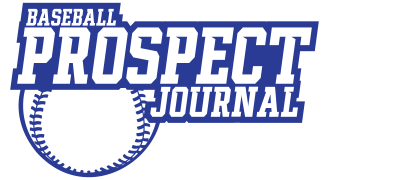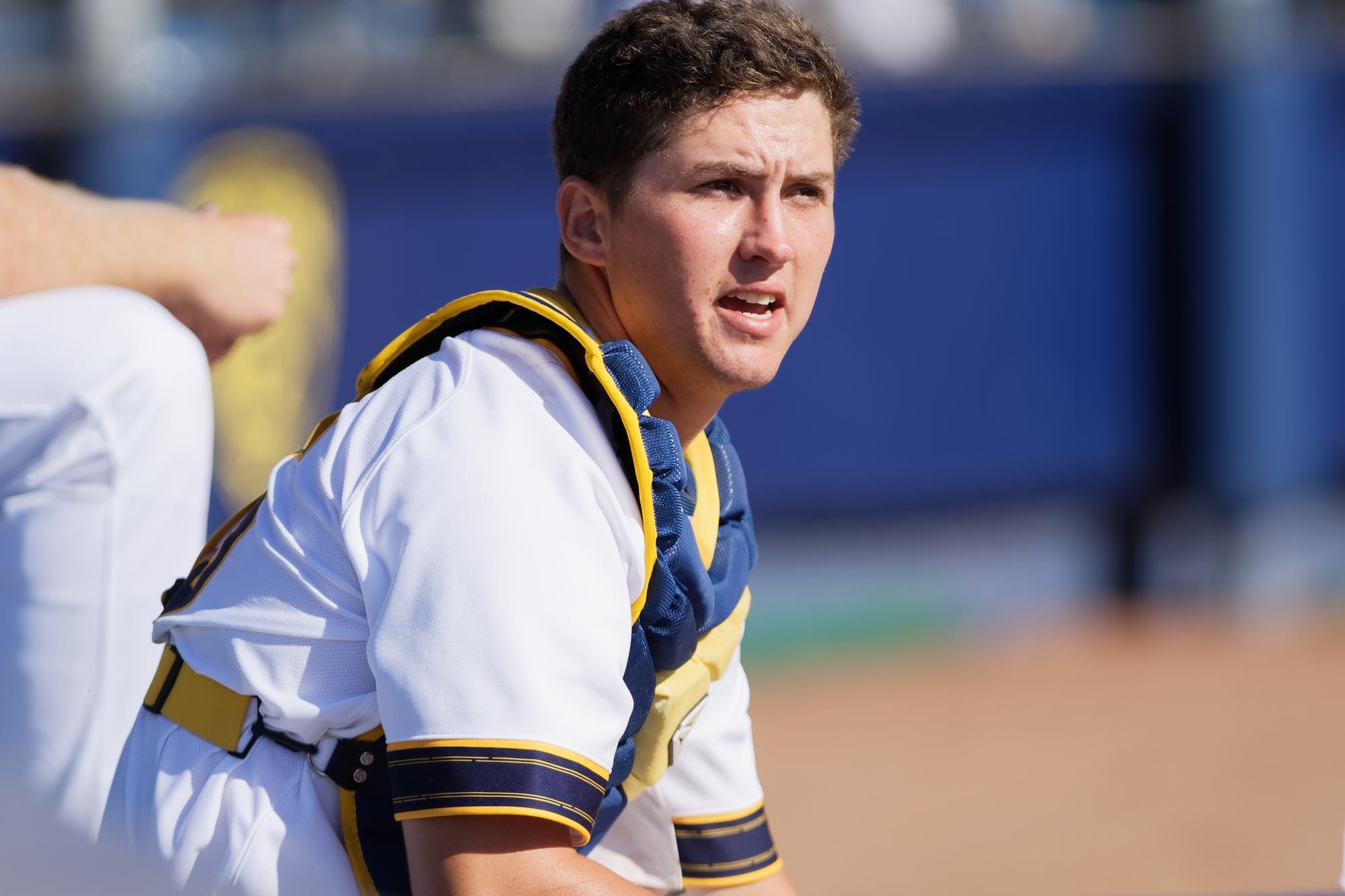BROOKLYN, N.Y. – Korey Lee didn’t expect to hear his name called in the first round of the 2019 MLB draft. Based on the body of work in his collegiate career at Cal, analysts projected Lee to be a second- or third-round pick. But using their own analytic approach, the Houston Astros broke from convention, taking Lee with the 32nd overall pick, making him the second catcher off the draft board after Adley Rutschman.
“It was a great time in my life. This year I couldn’t trade anything from what I had at Cal,” Lee said. “I have to give all the credit to the coaches and the sports system at Cal in the way that they pushed me. It helped the whole situation and the scenario. Obviously, Adley Rutschman is a great player, and to be behind him (as the second catcher taken in the draft) was awesome to have, and to have my name come up in the first round was pretty awesome.”
Unlike many first-round picks, Lee finds himself in a franchise with an established track record of success and a propensity for developing young prospects. After signing with the Astros in mid-June, Lee visited Minute Maid Park and took batting practice with the club. Additionally, he met with many individuals around the organization, while getting a glimpse into the major league structure.
“I got to hit BP with Jose Altuve, Alex Bregman, and Yordan Alvarez. I also got to talk with Robinson Chirinos, who is the big league catcher at that level, and learn what he is doing day-by-day as a catcher in the big leagues,” Lee recalls. “It was a pretty awesome feeling to just kind of talk to him and know the system is going to do for me and what will pay off for me down the road.
“The Houston Astros are a great organization that pushes their players to be the best that we could be, and that’s the person I want to be also, so having them push me in the way I want to develop as a player and into a grown man is something that will be really special for myself.”
Lee’s junior season at Cal was the catalyst for his draft ascension after batting just .238 as a sophomore and playing predominately in a backup role during his first two college seasons. Batting cleanup behind Andrew Vaughn, Lee blossomed into a quality catching prospect, recording a .337/.416/.619 slash line with a 1.034 OPS this spring His breakout offensive season propelled him to earn first-team All-Pac-12 honors and accolades from Perfect Game and Baseball America.
“It was just a mature season. I just took every at-bat day-by-day as one at-bat or one inning that I was catching was one defensive inning,” Lee said. “It is about simplifying the entire game. It can be really rushed and pressured, especially when you are in high leverage situations. At the end of the day, it is just baseball, and that’s the way I took things this year to manages the success and the failures. You had another day, no matter the outcome.
“I always had a healthy body, and I was ready to play. This year being a full-time catcher was more on the mental side of things. I really had to mature on the mental side. The physicality I always had, but the mental side was an area that I needed to learn and adapt.”
Many observers took notice of Lee after watching Vaughn, who tied Lee for the team lead in home runs and paced the school in total bases. The Chicago White Sox selected Vaughn him with the third overall selection. Vaughn’s growth as a hitter was a benefit for Lee, who furthered his previous output at the plate.
“At a college level I was watching a big-league hitter,” Lee said of Vaughn. “That’s what I would always say when people asked me about playing with Vaughn. I had a first-row seat seeing him hit on the on-deck circle. Every single at-bat and swing I got to see firsthand. His maturity level is beyond anybody I ever met in college baseball. He was the type of guy that I’m going to keep in contact with my entire life, and made me the player I am today.”
Before taking Lee with their first-round pick, the Astros had not picked a catcher in that spot since Jason Castro in 2008. Lee has a 6-foot-2, 205-pound frame with athleticism behind the plate and developing power, which led to a higher evaluation by the Astros compared to most teams. According to AstrosFuture.com, Lee grades as a 60-70 arm behind the plate with room to grow into a steady all-around backstop.
“I always had a strong arm,” Lee said. “I played water polo as a kid, so that strengthened my shoulders a little bit, and obviously just throwing every single day. The goal for me was trying to keep my arm as healthy as it could be, and that was the biggest thing possible. Also shutting down the running game is big in baseball because you never want a runner to take second base if you have a good catcher behind the plate, it’s always good to have an extra out on the base paths.”
At the plate, Lee adapted a leg kick to generate power. He swings with an uppercut to his pull side. When he keeps his hands back in the zone, he can also drive the ball up the middle and to the opposite field with plus bat speed. While he’s shown the ability to work counts and draw walks, he’ll need to further the approach against more rounded pitching in the pro game that force hitters to expand the strike zone with breaking pitches.
“Have a leg kick at the plate is a timing mechanism,” Lee explains. “You can get ahead of yourself and be jumpy about it, but at the end of the day you just have to be smooth with it, and as long as you are comfortable with, you can hit the ball wherever it is pitched. I was watching Vaughn hit, and he always had a leg kick. I was talking to him about hitting and his approach, so I took that from him, and I just modeled my swing after a couple of other guys, and it just worked out this year.”
As Lee began his pro career with Tri-City ValleyCats, he initially faced a learning curve at the plate. He rediscovered his approach in mid-July when he collected three multi-hit games and notched his first two home runs during a series against the Connecticut Tigers.
Lee also is learning the nuances of catching a pitching staff and seeks to broaden his overall skills behind the plate, such as throwing out runners and blocking balls in the dirt.
“The transition has been more ferocity, obviously behind the plate in the pro game, catching wise and hitting wise” Lee said. “All of the pitchers have better stuff and better command here, so it is something you just have to narrow your sights with and take the mental side of it like I did in college. It can be a bit of an adjustment at first catching different guys with different movements, sequences, velo, and the way the ball moves, but other than that it is baseball and part of the learning process.”


